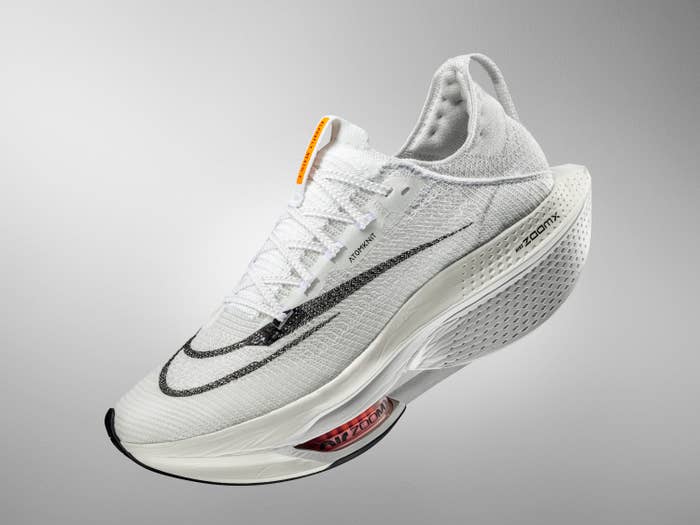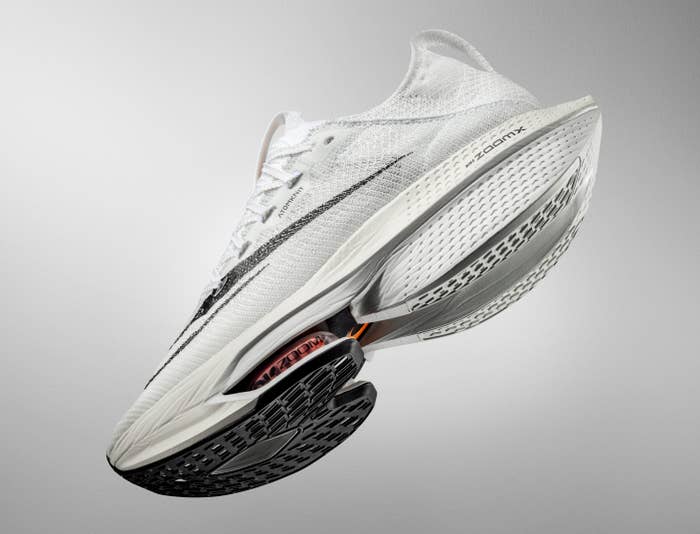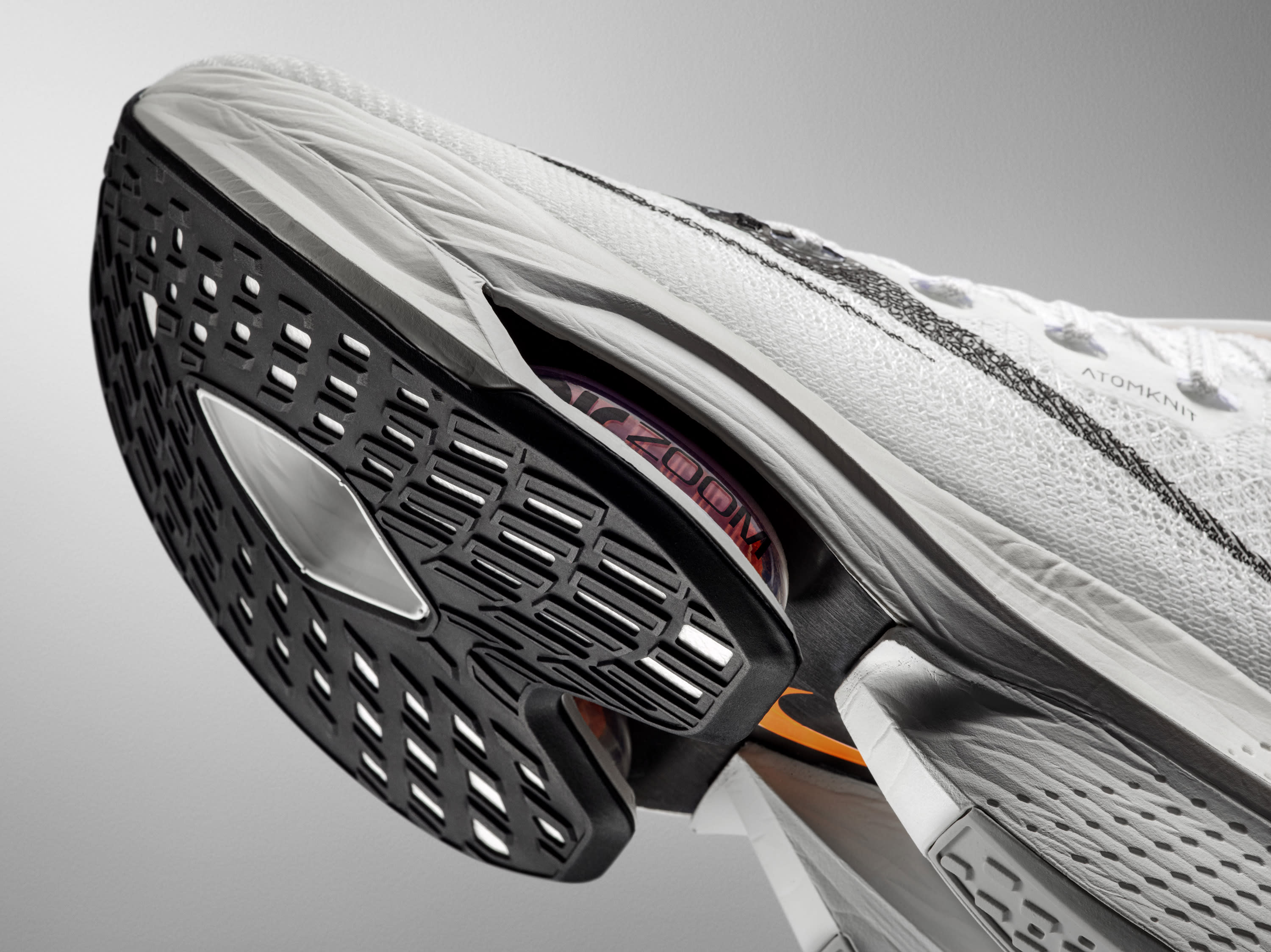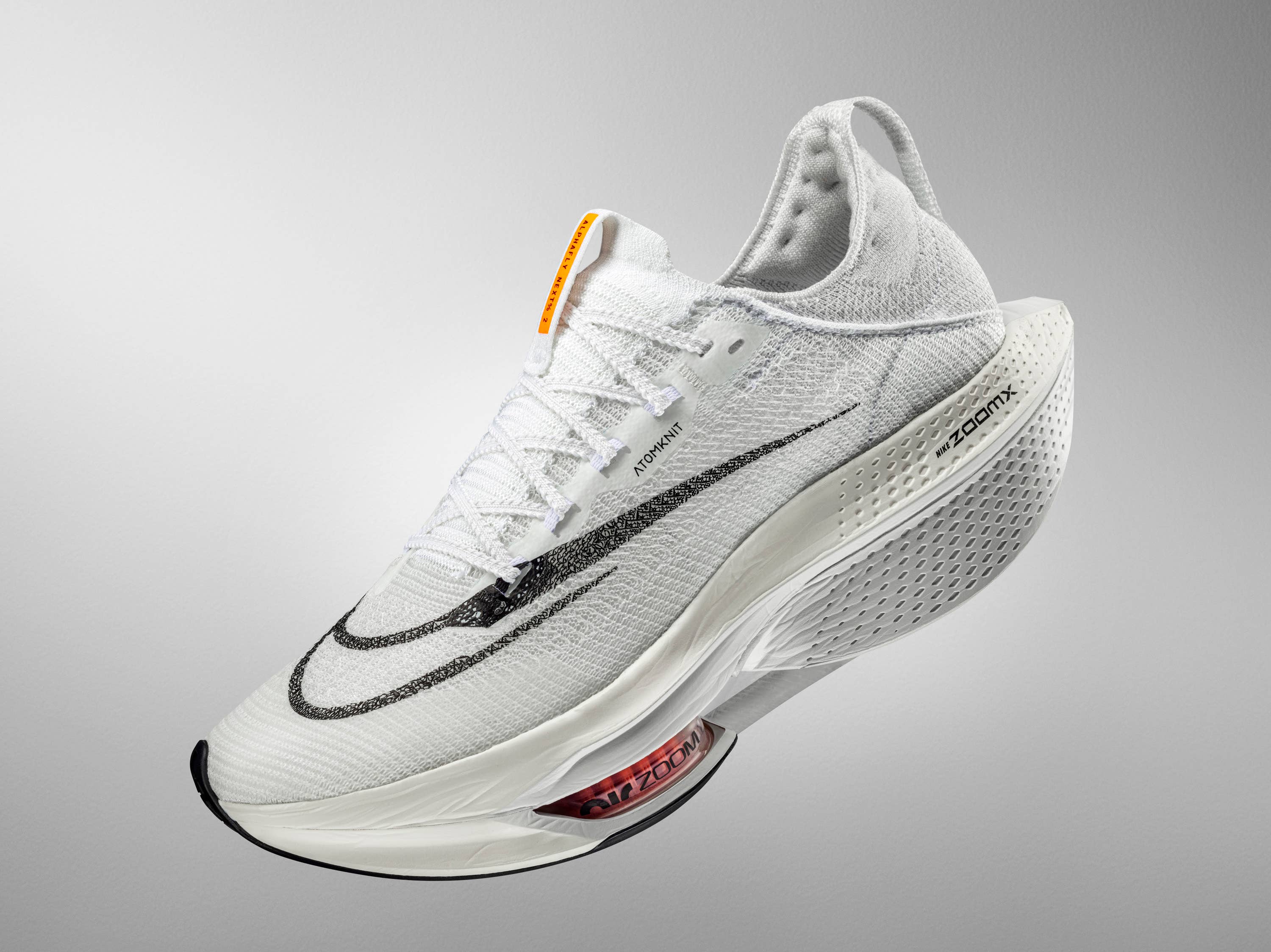
It was a little after 6 a.m. on an unusually chaotic Sunday morning in downtown Chicago. I quickly laced up my running sneakers inside my hotel room as I made my way to Grant Park located on the east side of the city’s business district. In the hotel lobby, it was filled with dozens of other runners, but I pushed past them and headed outside for what I told myself was just another long run. I scurried to the park and as I got closer, thousands of runners were lined up in front of the guarded entryways. As I finally made it past the security checkpoint, the sun began to rise on this brisk morning. I entered my final checkpoint into the park and that’s when reality began to set in. Despite me constantly telling myself that this was another routine run, I knew there was an immense task ahead of me: the Chicago Marathon.
About four months before, Nike—one of the sponsors of the Chicago Marathon—invited me to take part in this year’s race. I’ve run a marathon before, but this time I’m taking on the 26.2 mile journey in one of the tools preferred by the sport’s top athletes: the Nike Air Zoom AlphaFly Next% 2.
As the name suggests, the AlphaFly Next% 2 is the follow-up to the initial AlphaFly Next% that launched in 2020 and is currently the Swoosh’s pinnacle running shoe. The sneaker is part of a wave of chunky marathon designs from Nike that began with the VaporFly Elite, created for runners participating in Breaking2, the brand’s unofficial running event held in 2017 in an attempt to break the two-hour marathon barrier. One of the runners was famed Kenyan distance runner Eliud Kipchoge, who completed the journey in 2:00:25.
Nike continued to push the boundaries of running footwear in 2019 by developing a prototype version of the AlphaFly Next% for Kipchoge to wear in his next sub-two-hour marathon attempt via Nike’s INEOS 1:59 event, where he ran the fastest marathon in human history at 1:59:40 and broke the two-hour marathon mark. Despite the feat, it isn’t featured in any official world record books, as the event’s manufactured conditions made it ineligible.
Kipchoge’s record-breaking AlphaFly Next% prototype didn’t come without controversy, as the design was briefly banned by the World Athletics committee in 2020 after they ruled that the midsole was thicker than the allowed 40 millimeters, which was believed to give the wearer an unfair advantage as compared to the rest of the field. The committee also ruled that any shoe used in competition must be made available for purchase by any athlete on the open market for four months prior to the event the wearer chooses to participate in. Shortly after, Nike went ahead with a full release for the AlphaFly Next%, which was legal for competition alongside a range of Next% sneakers in preparation for the Olympic Games in Tokyo that year.
Fast forward to 2022, Kipchoge continues to etch his name into the record books, breaking the tape during this year’s Berlin Marathon with a world-record time of 2:01:09 and shaving 30 seconds off the previous fastest time he set on the same course four years prior. Kipchoge did it in an all-red pair of the AlphaFly Next% 2.
Unlike Kipchoge, who’s constantly chasing world-record times, I had the goal of crossing the finish line in under 3:29:59. Elliott Heath, a Nike Running footwear product manager, says that the shoe is designed to help runners at every level achieve their marathon goals whether they’re chasing a personal best time or helping them complete their first marathon. For this race, I was going after the former, and despite missing my goal time by five minutes—I completed the race in 03:35:27—I finished 30 minutes faster than my previous personal best.
Prior to running in this year’s Chicago Marathon, I spoke to Heath to break down the shoe’s design, Kipchoge’s role in the shoe’s development, and how the AlphaFly Next% 2 can help everyday runners achieve their marathon personal best times. The interview was conducted in early September, a month prior to me participating in the Chicago Marathon, and it has been edited and condensed for clarity.
The science behind the Nike AlphaFly Next% 2 is that the shoe helps with improving running economy for the wearer. Can you break down how that works?
Running economy is essentially how much oxygen you’re using to do a certain amount of work. So all of our measurements are based on testing athletes in different shoes at the same pace to see if it varies how much oxygen they’re consuming. The big thing is at the root of the AlphaFly, we’ve been on this journey for a couple of years now since the introduction of the VaporFly and this running economy concept is to try to give more of the energy that the athletes are creating back to them.
That comes down to the thicker stack of the shoes and being more efficient with energy storage and return. We’re never going to be able to return more than 100 percent of energy but we’re trying to get more and more efficient and closer to that 100 percent line. In terms of doing that, that comes down to a couple factors for us and a big part of that is the ZoomX foam underneath the foot. Not only is foam lightweight, but it’s also very good at returning that energy efficiently. And even better than any of our foams and other foams that exist in the market is the Zoom Air technology, which is even better at storing and returning that energy. So those two cushioning technologies come in together with the full-length carbon plate are essentially what makes up the magic and the engine of the shoe to improve running economy.
Is the science behind Nike’s pinnacle running sneakers like the AlphaFly Next% 2 helping runners see a 4 percent improvement in their energy expenditure still valid?
When Nike initially introduced 4%, it was all compared to what was the gold standard at the time, which was the Zoom Streak 7. And so the 4% running economy measurement was in reference to the Zoom Streak 7. Then it became this thing where we wanted to kind of take on the athlete mindset of not just comparing back to what was the best running shoe or best marathon shoe five or 10 years ago.
Why was the Nike’s 4% running line moniker switched to Next%?
The Next% concept was this continuous improvement idea of chasing the next goal and that could be a fraction of a percent that could be another one or two percent but given that that 4% number was already out there, it gets kind of confusing if you’re always comparing back to something that’s so far in the past. So we took the Next% mentality into incrementally always improving on every model.

This is obviously the second version of the AlphaFly Next%, how long did it take before discussions started around developing a new version of the shoe?
I would say right away we had that thought. Before we even introduce the first one, our innovation process is looking quite a bit in the future, like two, four, six years into the future. The one thing I will say is we were really confident in the innovation that we were bringing to market in the initial AlphaFly. But just as much of it being an exciting time to bring something brand new for the first time, It’s the second and third time you do it because there are so many learnings from the very first time. Not only were we already thinking like, “Hey, what are things that we could bring to market that we weren’t quite able to for the first one?” We were already working on those things and then multiplied that with getting so much feedback and learnings from a lot more athletes using it. Then that just sets the stage for where we’re going and there’s ways to improve.
So is this version of the AlphaFly Next% 2 focused more on the everyday athlete instead of the elites? How does the tech help regular athletes?
I would refute that just a bit in terms of it being an either or mentality. This is still the shoe to break records in, as Eliud Kipchoge is going to head out in less than three weeks in Berlin and try to break the world record again. It’s the shoe that he won the Tokyo Marathon in. The thing that we have learned is we’ve had this huge paradigm shift from the way racing products were five, 10 years ago. And that was a time when racing products were only for the top two, three, four percent of people because if you were going out to try to run three hours, four hours in your marathon, you should just keep running in your training shoes. Having a racing shoe wasn’t a good recommendation because it meant less cushion and that was something that made racing shoes not approachable for everyone. Now not only are the fastest shoes built for speed, but they also have in many cases more cushion than your training shoes. What we’ve been learning is we can still maintain all the benefits and really build the product to break world records. Now, no matter if you’re Eliud going out there to break two hours, if your goal is to break three hours, four hours and five hours in the marathon, there’s actually a racing shoe for you as well.
Eliud Kipchoge was at the forefront of the shoe’s prototype stages, were there any other pro athletes that had a hand in testing the shoe?
Yes, we tried to enlist all of our Nike marathon athletes in it. We met with 30 to 40 of our elite Ethiopian marathoners and the full slot of Kenyan runners. Brigid Kosgei was a key part in that. Galen Rupp, Keira D’Amato in the US were coming in and actually joining us in our Nike Sport Research Lab and testing different options in the development process.
There are slight differences from this new shoe to the original pair including the heel of the midsole and the split seams on the upper. Is there a reason for that?
This goes back to the question you asked about what makes this shoe better for all athletes and what makes it more approachable to everyday athletes. One thing we did hear from everyone was that transition and stability were two components that could be improved. As we get further away from the ground, stability becomes more important to feel secure and solid in the shoe. So the biggest thing for that was we widened out the shoe, with the heel a bit wider than the forefoot. In terms of transition, a big thing that was changed was the offset of the shoe. The first version only had four millimeters of offset, so you’re a little bit flatter, whereas the new one has eight millimeters and your heels are sitting a little bit higher closer to what the offset is in a lot of the training shoes. It’s a small detail, but it’s actually important when you see right under the Air pods, there’s a little piece of foam and that wasn’t there on the first one as it was only rubber underneath the pods.

Is there a set limit of miles before a runner should switch to a new pair of AlphaFlys?
Going back to what we discussed before, the idea of racing shoes now having cushion, you’re not making a trade off for using the shoes and training. In fact, we’ve seen a lot of athletes come back and talk about how the shoes actually help them recover more in their training. You’re able to put in more work and feel more recovered. Then when it comes to how it wears it and the durability? Yes. All foams break down a little bit as they’re used over time. The ZoomX foam is already starting at basically the absolute top. And even when it breaks down, it’s only a few percent. So it’s still basically better than all the other foams. But if you were training a lot, putting a ton of miles in there, you will still get 300 plus miles in them. That gets into the range where if you were to go out on race day, you’d still have an absolutely awesome shoe.

